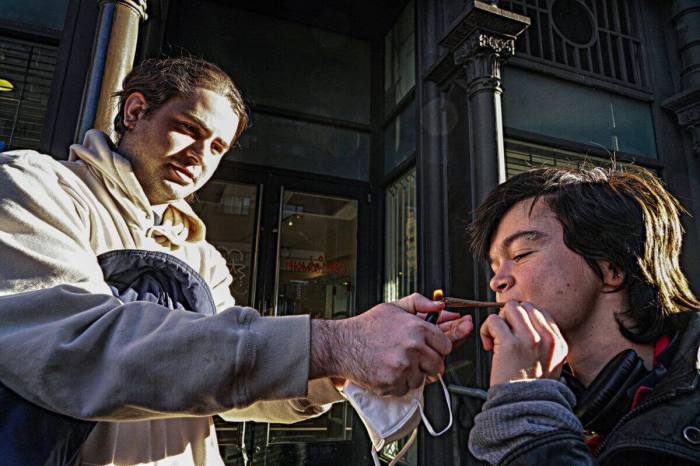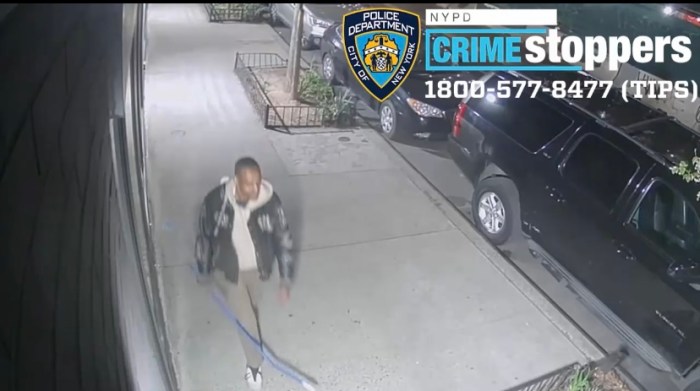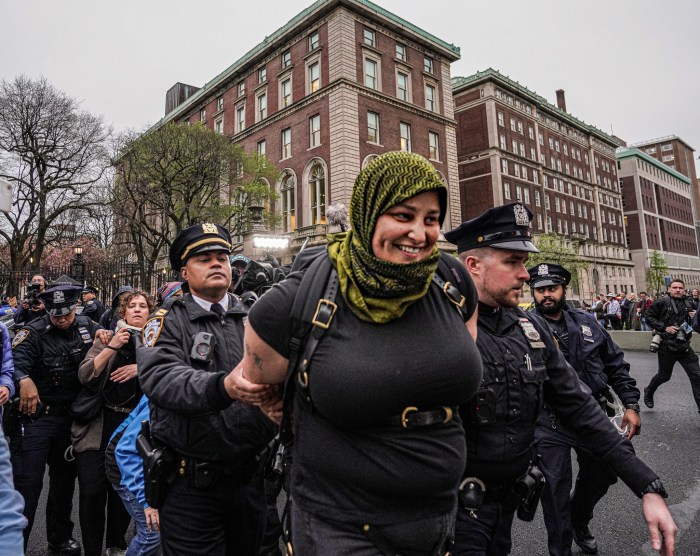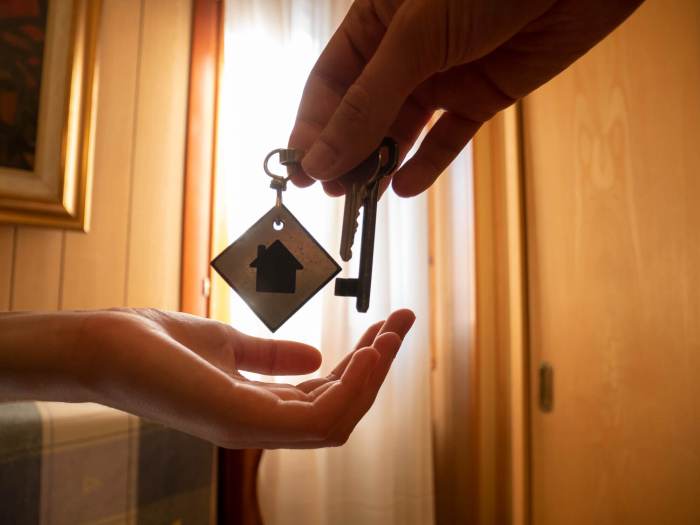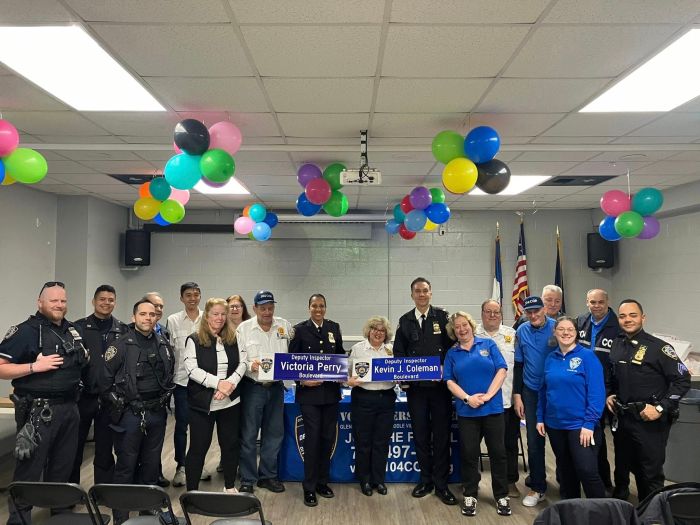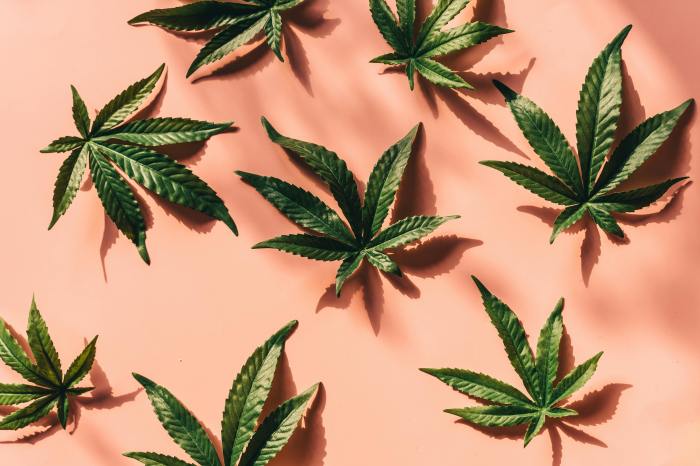Unimaginable progress has been made in civil rights for gay and lesbian New Yorkers since the NYC Pride March began 46 years ago. Homosexuality is no longer criminalized and same-sex marriages are legal and common, yet, full equality has yet to be attained, say older LGBT New Yorkers who were active in the historic struggle for human rights.
New York City, with one of the largest LGBT populations in the U.S., has long been a mecca for gays and lesbians seeking acceptance and community.
But many older gay men and lesbians who were prohibited from marrying their partners, lost them in the AIDS epidemic, or remained single, face a higher risk of poverty as a result of early discrimination and spiraling housing costs.
Elders are also troubled to see gay and transgender kids driven out of religious families, resort to suicide, and by the high rates of bullying and violence endured by LGBT kids and adults.
And they see their own struggle for equality and acceptance increasingly intertwined with broader social justice issues involving the rights to education, health care and affordable housing.
When Dr. Antonia Pantoja, the founder of ASPIRA, a non-profit Latino youth empowerment organization, died of cancer at the age of 79 in 2002, she left her partner of 30 years, Dr. Wilhelmina Perry, bereft — and poorer.
“Because we were always doing community work, we didn’t make a lot of money,” and because they were not married, Perry, a retired social worker who is now 80, could not inherit Pantoja’s Social Security benefits. “I lost half my household income overnight,” while grieving the love of her life, recalled Perry, who lives in Manhattan Valley and is the administrative coordinator for LGBT Faith Leaders of African Descent.
A co-founder of Interfaith Task Force for Homeless LGBT Youth, Perry still works to improve the lives of LGBT youth exiled from their families as a result of religious convictions — a tragedy particularly common to gay, lesbian and transgender kids of color.
“A lot of the denominations, like Baptist and Pentecostal, have a strict rejection of gay marriage, but we ask them to at least not damn anyone from their pulpits,” she said. “The struggle is very much there and very severe,” added Perry, noting that LGBT kids fill the city’s homeless shelters. “I’m in support of gay marriage, but we also have the economic class struggle: housing and health care issues have to be priorities for us, too,” she explained.
“I’m bowled over,” by the progress made in gay rights said artist and activist Michela Griffo, 67.
In 1975, homosexuals were routinely pathologized and many women could not even obtain a mortgage without the signature of their husband or father, noted Griffo, who lives in Gramercy Park.
But “bullying is still a big problem” for kids who are sexual minorities and Griffo remains distressed by rising inequality. “We wanted to build a better society for everyone,” but racial and economic equality have yet to be achieved and abortion rights are constantly under threat, Griffo said.
“It’s so important for the queer community to understand its own identification in the larger economic struggle,” added Patrick O’Connell, 62, the founder of Visual Aids, an arts organization devoted to HIV prevention, and creator of the red AIDS ribbon.
Gay men came to NYC because “it was the promised land,” but many are now departing the city because they simply can’t afford to remain, noted O’Connell, who lives in Washington Heights.
Many older gays and lesbians face greater obstacles to remaining in an epically expensive city as a result of discriminatory laws that allowed biological relatives to inherit estates if they survived intestate (will-less) partners. Too, most older gays and lesbians don’t have children to help care for them, noted Jim Fouratt, 74, who participated in the Stonewall rebellion and helped found the NYC Gay and Lesbian Community Center.
“We (often) don’t have biological families and if we do, many left us years ago because of homophobia,” noted the West Village resident. LGBT nursing home patients also confront prejudice and isolation, Perry added.
“So many men died (in the AIDS crisis) who lived in rent regulated apartments,” spurring a flood of litigation around “partner rights,” continued Fouratt.
Yes, NYC is still a vital center of LGBT life, “but it’s becoming financially impossible for anyone other than a child of means, regardless of their sexual orientation, to move here,” Fouratt said.
Elders of the gay community also experience Pride Weekend with a tinge of nostalgia for the great passion and the sense of community they had for political activism when they were young and the stakes were high. Fouratt would never want to return to a time when LGBT people were pathologized and driven out of their chosen professions. But, he noted, “what I am nostalgic about is the camaraderie and the fun we had,” in the midst of the pain and struggle.











